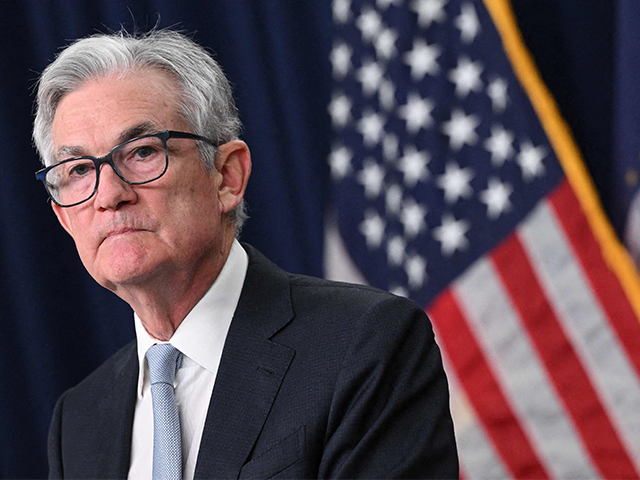The Federal Reserve Increases Interest Rates amid Banking Crises
The Federal Reserve continued to increase interest rates by quarter of percent (25 basis points) on Wednesday, a decision subject to speculation by financial experts, as the central bank weighed reducing soaring inflation and the stability of the banking system.
The increase is the same point increase it implemented in February before the recent banking crises, though the 25 basis point increase in February was a reduction from the previous increases of 50 and 27 basis points respectively.
The Fed was stuck between a rock and a hard place. With the Fed increasing interest rates, banks could likely continue to struggle with liquidity and perhaps cause more bank failures. Not raising the interest rate would likely fuel inflation that previous interest rate hikes were intended to reduce.
According to Barron’s, past inflation and jobs data argued for continued increased interest rate hikes, while the recent banking crisis indicated a pause would be prudent.
Harvard Prof., Fmr. IMF Economist Rogoff: San Fran Fed Didn’t Know About SVB’s Problems, But Likely Knew ‘Their Carbon Footprint’:
It appears the Fed’s Wednesday decision attempted to balance both concerns.
The Fed had previously hiked the interest rate eight times since last March to a range of 4.5 percent to 4.75 percent. On Wednesday, it continued its march toward a projected target rate of 5.1 percent.
Before the recent banking crises, Federal Reserve Chairman Jerome Powell stated on March 7 that stronger-than-expected economic data meant the central bank would likely need to increase interest rates higher than previously anticipated.
But the rapid increase of interest rates over last year exposed weaknesses in the banking system, causing in part Silicon Valley Bank and Signature Bank to collapse. Over a week later, First Republic Bank was rescued with $30 billion worth of deposits and Credit Suisse was bought by UBS to prevent further collapses.
By mid-March, Moody’s Investors Service reduced its forecast for the U.S. banking system to negative from stable, placing six U.S. banks on review for potential credit rating downgrades.
“We have changed to negative from stable our outlook on the US banking system to reflect the rapid deterioration in the operating environment following deposit runs at Silicon Valley Bank (SVB), Silvergate Bank, and Signature Bank (SNY) and the failures of SVB and SNY,” Moody’s said.
Moody’s Chief Economist: ‘Hot’ Inflation Data Demands Rate Hike, But We Have to Pause to Avoid Stressing Banks:
Follow Wendell Husebø on Twitter @WendellHusebø. He is the author of Politics of Slave Morality.







Comments are closed.